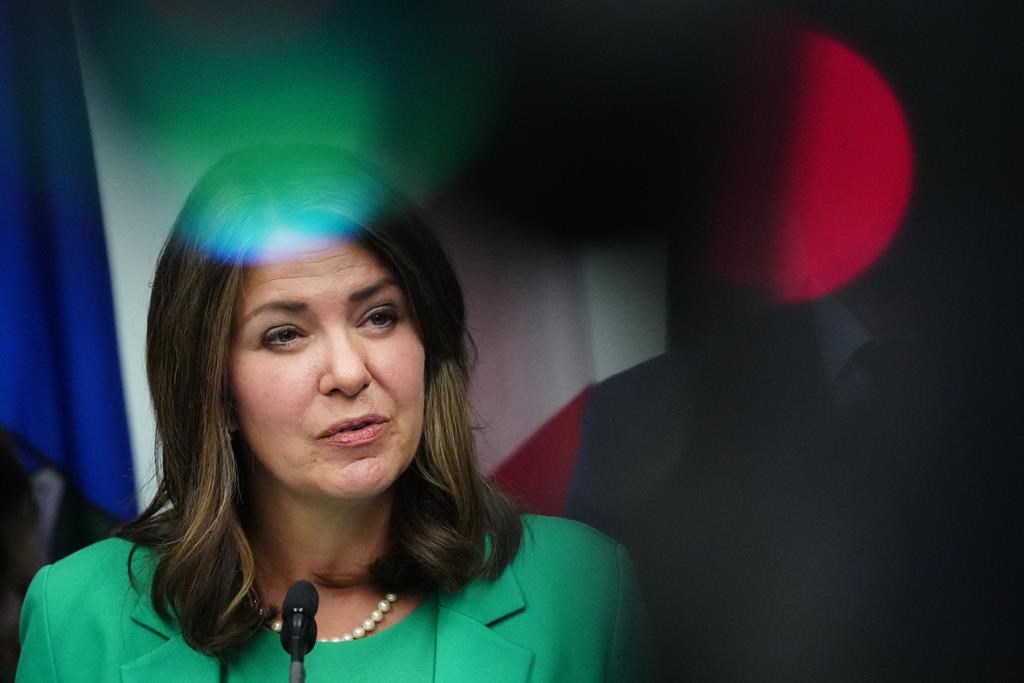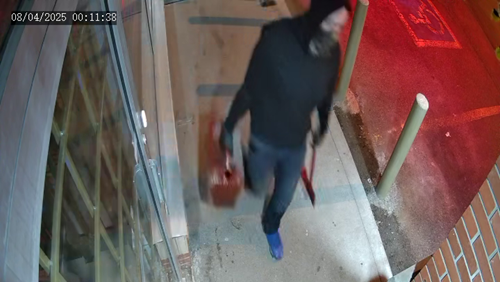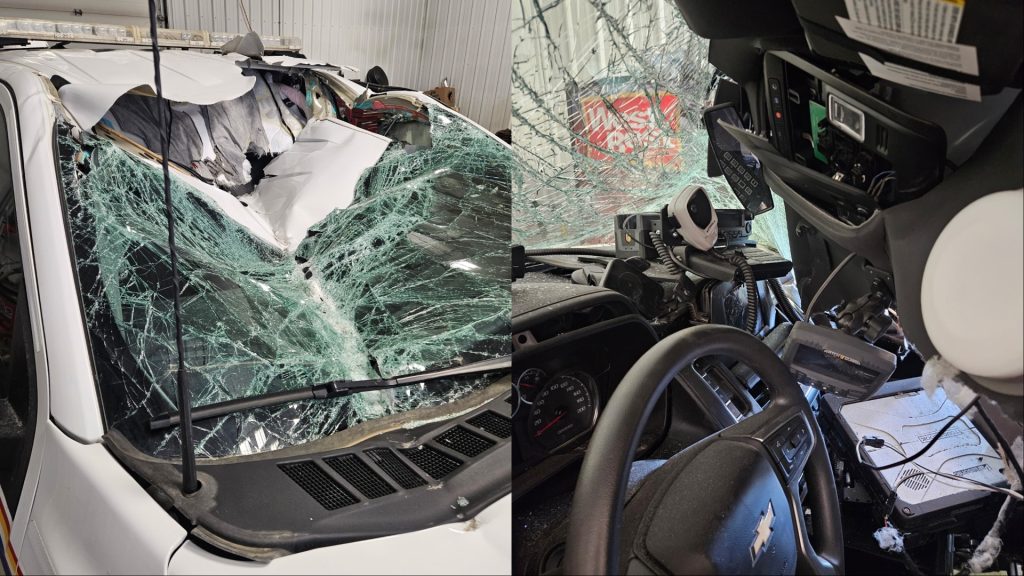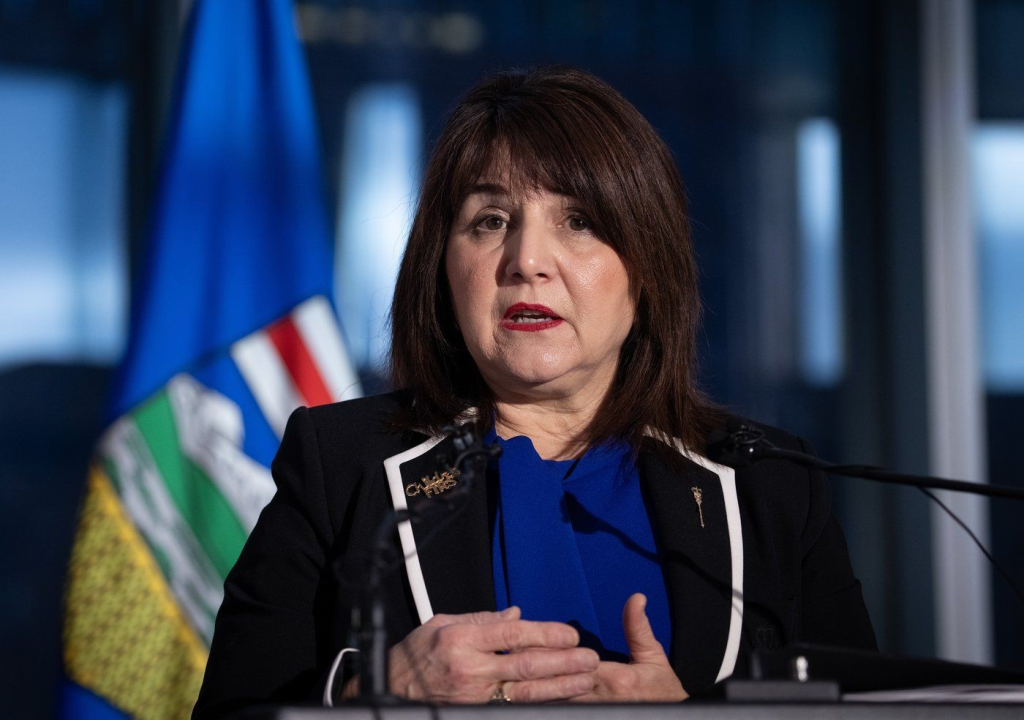Alberta physician who last treated measles 44 years ago encourages vaccines against highly-contagious diease
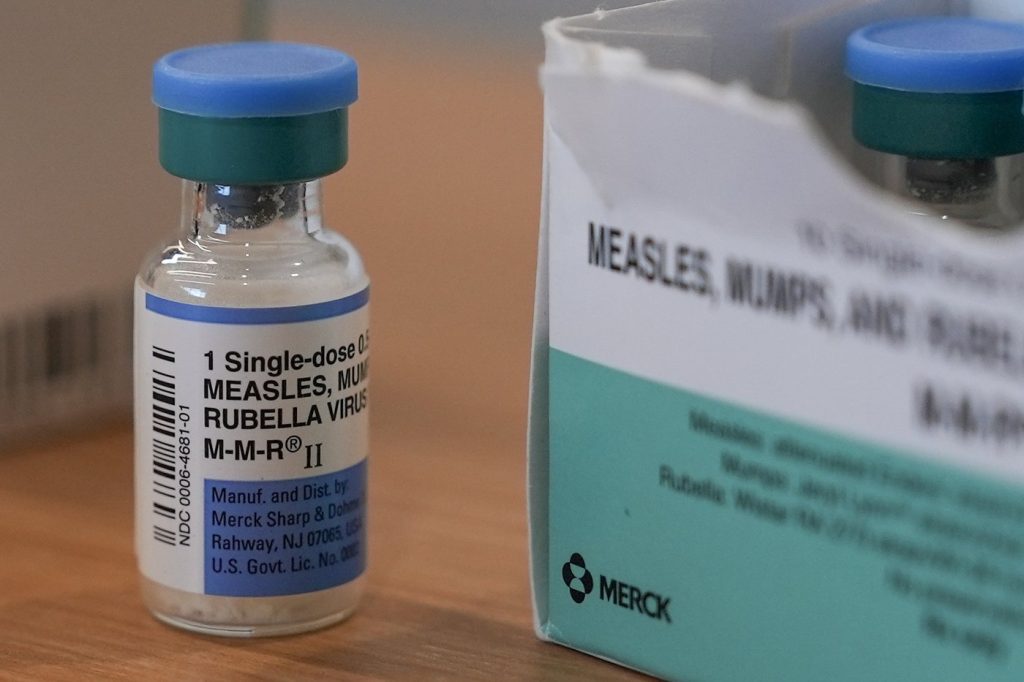
Posted April 18, 2025 3:24 pm.
Last Updated April 18, 2025 3:29 pm.
Veteran family physician Dr. James Dickinson says he’s so long in the tooth, he’s treated patients with measles–and it wasn’t pretty.
“The last case of measles I saw was on the day my son was born,” he told 660 NewsRadio.
“He’s 44 now.”
Back then, Dr. Dickinson, who is a University of Calgary professor in the department of family medicine, went on a house call to an 8-year-old girl, saying she was quite sick with measles and suffering a high fever.
He says that with measles, back then and today, there is nothing that can be done except treat the symptoms. He also says it’s not advisable to send anyone infected to hospital because of the risk of infection.
“Back in the old days, I could look after that child because I had had measles when I was a child, so I was protected, so you can get measles and you’re protected–but that’s a risky way of getting it, so it’s far better to get immunized,” Dickinson said.
Fortunately, that youngster, like the majority of people with the highly-infectious disease, recovered.
Dickinson says many people end up with complications, which for some–especially those with compromised immune systems–can even be fatal.
“Measles is a severe illness, there’s no two ways about it, it can kill people, it can cause major complications,” Dickinson said.
He says 1-in-10 get pneumonia or ear infections, while 1-in-1,000 get encephalitis, which can lead to permanent neurologic damage for people.
Herd immunity is key to preventing infection.
“It’s why immunization is so important,” he said.
“I think we have some real ethics issues when people are saying, ‘Oh, I don’t want my child to have this.’ It’s actually important to protect your child and all of their friends.”
Provincial government tight-lipped as Alberta sees more cases
The most recent numbers from the Alberta government show there are 83 cases no longer communicable, while six more confirmed on Thursday remain active. Four are in central Alberta, another in the south, and one in Calgary.
At least eight people have been hospitalized, according to the province.
While AHS has delivered a public health alert, the province has remained mostly quiet about infections.
Alberta Health Minister Adriana LaGrange has said it’s not severe enough to warrant public statements or announcements. However, former interim chief medical officer of health Dr. Mark Joffe released a statement on April 11, encouraging vaccinations.
The province, the following week, announced a new interim CMOH, Dr. Sunil Sookram, saying Joffe’s contract had expired.
Former CMOH Dr. James Talbot warned that the province isn’t taking the measles cases seriously, adding that the number of Albertans who aren’t immunized is estimated to be around 30 per cent, which is “six times the danger level.”
Without immunization, he says, measles can move quickly. And it’s not just for kids. Adults who have not had measles or been vaccinated, or “anyone who’s not immune,” run the risk of getting the disease.
“The risk of spreading is really high because you can be infectious before you get sick,” Dickinson said.
“When the virus is multiplying but before the illness really happens, kids can be infectious and then for about three days before the rash and about three or four days after the rash comes out.”
Dickinson says it’s sad to see cases happening in the province, given that it’s avoidable.
“I’m really upset to see the suffering that this is causing for children because it is so unnecessary,” Dickinson said.
“Immunization would stop this, and high levels of immunization–you get about 95 per cent of immunization–that stops it spreading.”
With files from Sean Amato
